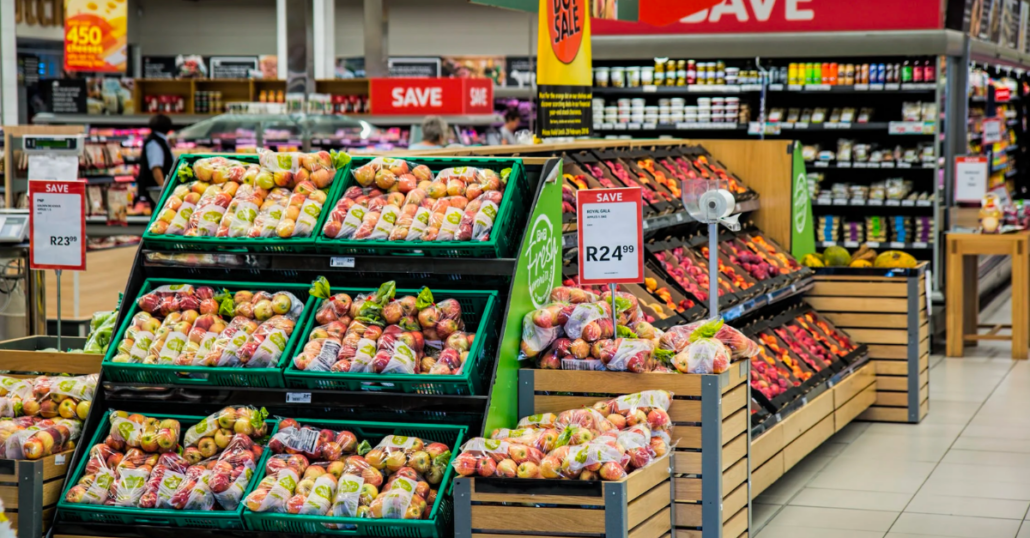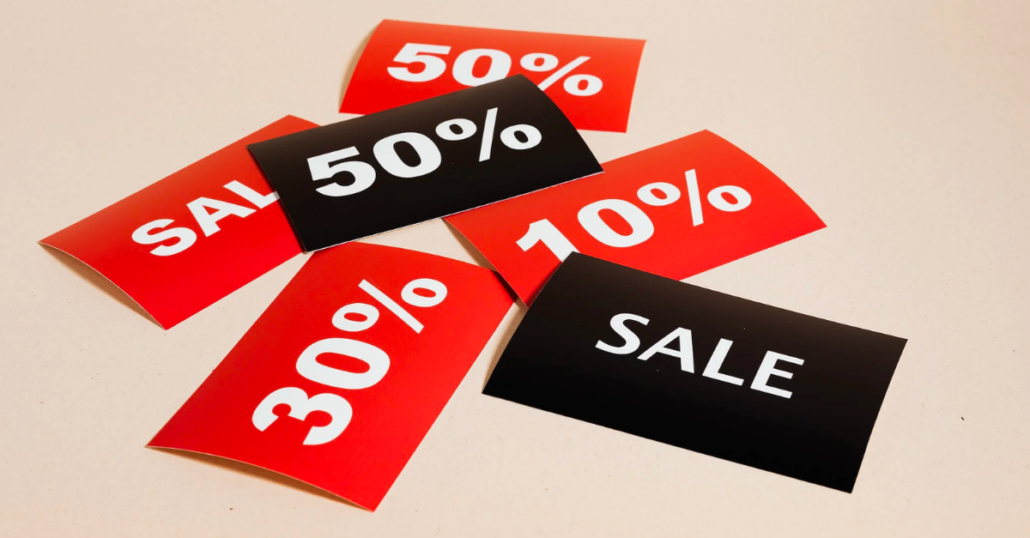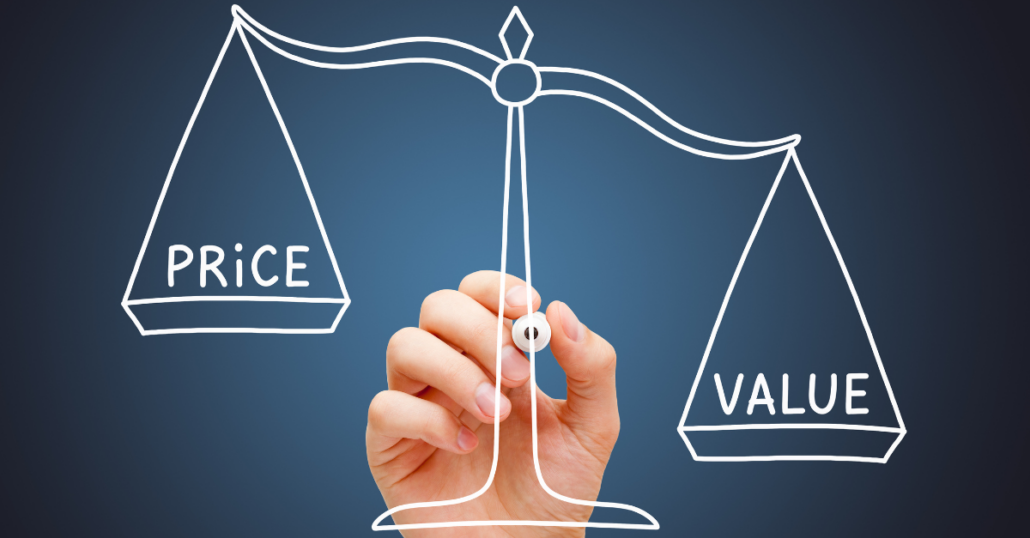You cannot afford to ignore price optimization. It does take some time and effort to grasp what each of your consumers is willing and able to spend. However, technology systems and strategies for pricing optimization can significantly make the process quicker and more straightforward. So, let’s determine the factors that make a discount pricing strategy successful and how it works for the betterment of customers and businesses.
Optimize pricing for Black Friday/Cyber Monday
Price optimization is the practice of pricing a good or service to increase profit. In most cases, this entails studying consumer data to determine the price points that are most probable to end in a sale and then fixing pricing in line with those findings. Businesses may use price optimization to increase profitability by accounting for several aspects, including client demand, competition, and expenses. All these factors are essential to keep in mind when looking at how to optimize pricing.
Digital pricing and price optimization software operate in various industries, including retail, internet shopping, travel, insurance, hospitality, and SaaS.
Price optimization appeals to firms due to several advantages. The ability to assist businesses in enhancing their profitability may be the most evident advantage. Companies may ensure they maximize income by setting pricing that matches customer demand and considering the competition.
Optimize pricing strategy for this year
To create an optimized pricing strategy, you can follow the below-mentioned crucial points:
Consider Your Costs
Any business person should know how much it will cost to supply a good or service when developing a pricing strategy. Calculate the cost of the supplies first, then add any potential labor and administrative costs. Consider any additional fees involved in creating and providing this good or service.
Know Your Audience
Identifying your target market is one of the first moves in determining pricing for profitable goods or services. Having a familiarity your target market can help you choose a pricing that will make you money and that they are willing to pay.
Consider the Demand
Demand is yet another crucial aspect to take into account when determining pricing. Price and demand must be balanced, though, as factors other than price may discourage buyers from buying your goods or services.
Utilize a Pricing Strategy
You may use various pricing techniques to help you choose the appropriate cost for your good or service. Cost-plus pricing, value-based pricing, and competitive pricing are popular tactics.
Consider Discounts
Discounts and promotions are excellent ways to increase consumer interest in your company and draw in new clients. Finding a balance that provides tempting prices while being profitable is the key. Customers receive lower costs, companies see a boost in sales, and no one loses out monetarily in this scenario.
Verify Different Prices
Testing several rates to discover which ones work best for your company is one of the most excellent strategies to determine the proper price for your goods or services. For a while, try giving different pricing points and gauge how buyers react.
Black Friday pricing strategy: Top examples
In what would become the busiest shopping day in the United States, Black Friday is the term used to denote the day shops started to make a profit for the year.
Typically, Black Friday pricing has the ability to dictate if you win or fall short this holiday season. We’re going to be taking a look at a few examples of some of the best Black Friday pricing strategies.
Here, are some of the most prominent pricing for Black Friday strategy examples:
Lowe’s
Numerous Black Friday and Cyber Monday offers are available at Lowe’s, and we’re even seeing early savings months before the formal sale. Outdoor equipment, such as patio furniture, dining sets, and barbecues, are currently up to 75% off. You can save up to $1,200 on various kitchen equipment items, such as microwaves, refrigerators, and more.
Amazon
Over 50% off specific luggage, Amazon gadgets like Kindles and Fire TVs, and fake Christmas trees were just a few of the hundreds of discounts offered during Amazon’s enormous Black Friday and Cyber Monday sale last year.
Wayfair
The Black Friday/Cyber Monday sale being offered at Wayfair is a one-stop shop for anything you need for your home. Up to 80% off hundreds of goods from every category, featuring rugs for the floor, wall art, furniture for living rooms, beds, and more, were among the retailer’s top Black Friday offers the previous year.
Walmart
We anticipate seeing Black Friday bargains earlier this year because Walmart’s deals for Days Black Friday extravaganza last year began early in November and lasted through Cyber Monday. Massive reductions were available on seasonal necessities, including sweaters, holiday decorations, Christmas decorations, and indoor heaters. They also offered a 58% discount on the LG OLED EVO C2 Series Smart TV (65″), one of the most excellent currently available TVs, saving customers more than $2,000.
Holiday season pricing: Quick fixes
Most people look forward to the holiday season to buy many things. A successful holiday seasonal discount pricing strategy includes the following factors:
Offer Premium Products
Certain people are inclined to pay for something unique and distinctive amid the many possibilities. Customers may be more willing to buy expensive offers they might otherwise dismiss or overlook. Be sure to communicate about these deals and to have them available.
Offer Bundles
Add-on deals or bundles can benefit both customers and sellers. While simultaneously giving the client a discount, businesses can boost transaction size and capture a sizable portion of consumer surplus. Bundling can also improve the sales of related goods without minimal demand.
Test Price Increases
The fervent eCommerce towards the end of the year makes testing price hikes during the holidays an excellent idea. Some brands frequently raise all prices for a selection of items from November through December. After the season, they will assess performance and retain pricing where volume remains unaffected while lowering the remainder.
Establish an Anchor Price
Show a high-priced item or service first, and any following products you display will subsequently look to be on sale. Consider a restaurant’s beverage menu: Drinks are frequently arranged according to pricing, which gives the buyer the impression that anything priced lower than the best offer is a fantastic deal.
Types of discount pricing strategy
Here are the top types of discount pricing strategy:
Competitive Pricing
When you base the price of what you sell on the market cost of a comparable good (your rivals’ pricing), this practice is referred to as competitor-based pricing. The cost of production, buying, etc., is not taken into account in this model when determining the price strategy.
Value-Based Pricing
Value pricing bases its decisions on what consumers are willing to pay for a product. With the use of supply data, you can determine with accuracy how much the market values your product, and with careful price monitoring, value pricing may yield profitable results.
Price Skimming
In a skimming pricing approach, a product is introduced at the highest initial price that your target market would accept, then as demand declines over time, the price is gradually reduced.
Penetrating Pricing
A product is offered with the greatest initial price that the market you are targeting would allow in a skimming pricing strategy, then as demand ebbs over time, the cost is gradually lowered.
Cost-Plus Pricing
By the profits you wish to generate, cost plus pricing adds an amount (a markup) to the price of sale in addition to the product’s production costs. If you want to charge more than your rivals and want to give the impression that your product is of greater quality, this is a useful method of price optimization.
Dynamic Pricing
Dynamic pricing is an approach that sets prices depending on information about market and consumer demand, as the name implies. Hotels and airlines frequently use dynamic pricing, whereby they control rates at a lower level to increase demand during off-peak seasons and optimize prices to be greater when the demand is higher (especially during seasonal peaks).
Economy Pricing
In this case, things are priced lower since their production costs are reduced. Economy pricing is a sort of price optimization that places more emphasis on the quantity of things you can sell for a lower price than on the value you place on them to generate revenue and profits.
Discount pricing strategy: Summing it up
You must understand how to manage a discount pricing strategy to run a successful business. Here are some important points to consider along with a discount pricing strategy example:
- Spend some time researching your market and your competition to find out how much customers are ready to pay for products that are similar to yours.
- It could make sense at times to adjust your pricing to complete a business. For instance, it could be worthwhile to offer a discount on your goods or services when dealing with a sizable potential client to secure their patronage.
- Use your cheaper items to market your brand to new clients and to upsell them to your more expensive ones.
- People will begin to doubt the worth of your goods or services if you consistently offer steep discounts. Instead, concentrate on offering high-quality goods and services at reasonable costs.
- It will be difficult to set prices for your goods or services in a manner that achieves your objectives without a defined plan. Therefore, before continuing, be certain that your price approach has been carefully thought out.
- You should periodically review your pricing to make sure it currently reflects the market. It’s important to monitor changes in prices so that you can adapt your pricing as necessary.
- Be prepared to reply with a reasonable offer if a prospective customer is pressing for a lower price. Keep in mind to maintain your rates and resist pressure.
- After you’ve established your pricing plan, test it to see how it performs in actual situations. This will enable you to optimize your price and make it more precise.
- One of the most crucial things to keep in mind when determining how much to charge for your goods or services is to make sure that your rates are clear enough for clients to grasp.
Bottom Line
Given the existing competition in the retail world, pricing software works as a winning element for most businesses. By learning about the various types of discounts and pricing strategies mentioned above, you can easily create your personalized discount strategy and optimize pricing. You can also contact us at Pimberly if you require top-notch tools and management systems to help you take the lead.

















